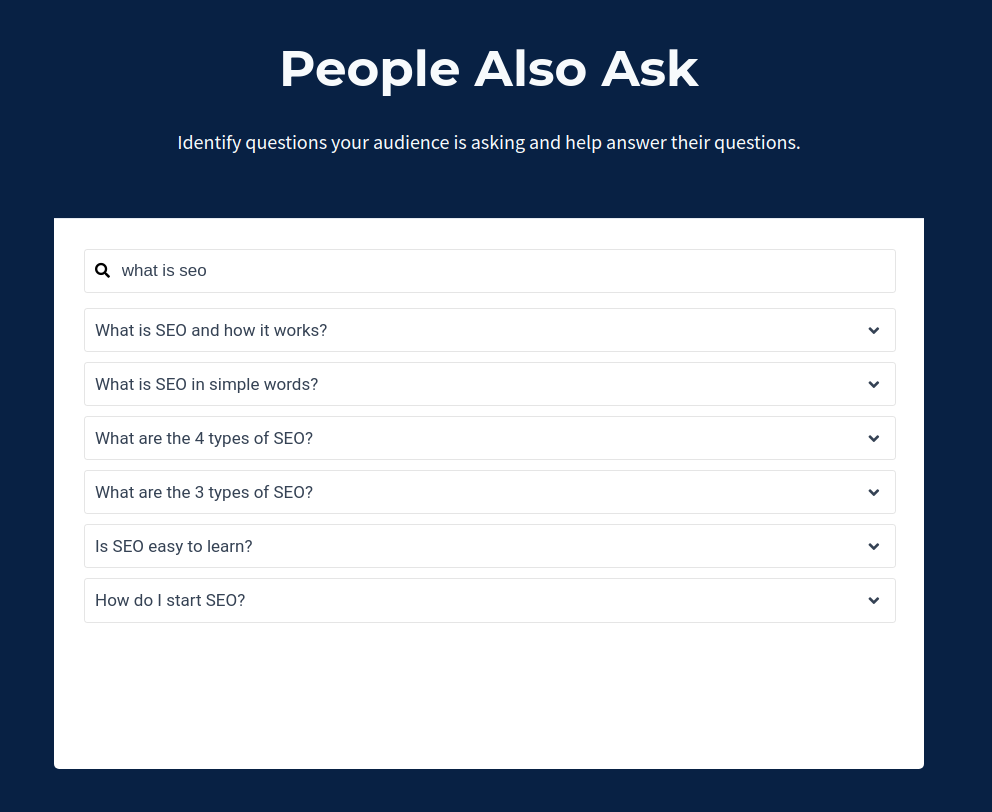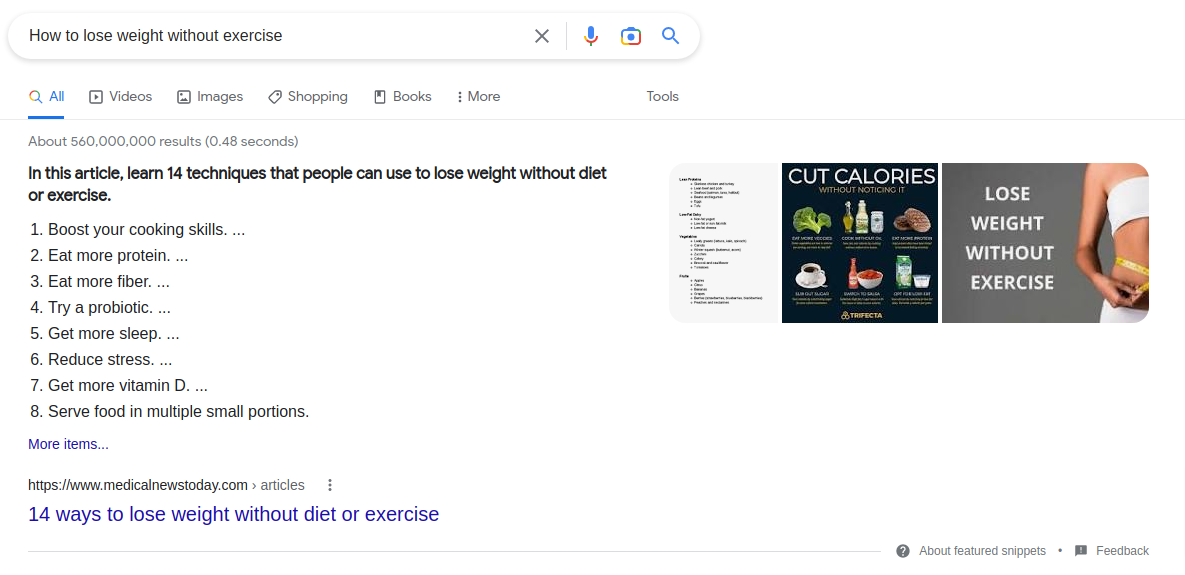Writing a blog comes easier to some than others.
But even the most skilled and experienced writers can hit a blank wall when writing a blog.
You could start with a blank page and simply start writing.
But it’s likely you end up with writer’s block. Or, worse yet, you’ll have a blog that has no flow, is hard to read, and leaves your reader frustrated and confused.
The other option is to start by creating a blog outline. If you do, you’ll have a solid direction to follow, making it much easier for you to write.
You’ll be able to write your blogs faster, provide a clear and logical flow for the reader, and achieve better results.
Blog outline is the process of laying out your document to cover the most important part of the subject. Blog outline helps improve the content and imporves the overall relevancy of the content to the subject.
Why it’s important to have a blog outline
There’s no point in writing a blog simply for the sake of it.
You should be trying to get your reader’s attention, and keeping it. Readers are looking for value and a blog that is hard to read or doesn’t deliver on its promise will disappoint.
Working with a blog outline will provide benefits both to you as the writer, as well as the reader.
Benefits of using a blog outline
- Increased efficiency. You are going to have an increased efficinecy resulting from writing in a well organised cohesive structure.
- Keeps you organized and focused. Instead of having to spend inordinate amound of time looking for assets, you will already have a good idea of the kind of assets you would require before you begin.
- Provides a logical format and structure. A great blog outline is key to logic in your post. It also prevents structural issues in your narrative. This also improves conversions.
- Makes it easier for your readers to digest. A great outline usually answers most questions of the reader and also provides for a lot of SEO benefits. It also makes it easy for your readers to digest as all questions are answered in the blog or article itself.
By using a blog outline when writing a blog, you can ensure you’re providing value for the reader and set yourself up for success.
Choose your topic and purpose
The first step to creating a blog outline is to pick your topic and purpose.
Depending on your industry, products or service offering, there will be many topics or themes to choose from.
The key is to always have your target audience at the forefront and focus on their needs and concerns.
Start by thinking about:
- What are some common questions you get asked by potential or existing clients and customers?
- What content have you created in the past that generated interest and engagement?
- What services or products are you wanting to boost or generate interest in?
This will give you some insights into topics you can write about, but it doesn’t stop there.
Your article should have one main focus or purpose.
For example, if you’re writing about Blogs – pick one direction for your blog to take.
As you can imagine, the topic ‘Blogs’ could have many different main points:
- What is blogging and why you should do it
- How to write an engaging blog
- How to ensure your blog is SEO friendly
- The most popular blog layouts
Try to think of the one takeaway you want to provide for your reader. The one thing they should walk away with having learned or understood.
By picking one main focus or purpose, you can ensure your blog is unique, compelling and offers value for your reader.
Create an epic headline
The headline of the title is the most important step, for two reasons.
First, you want to hook your reader – make them want to know more. And, ultimately, click through to read the full blog.
Second, good headlines boost your SEO. Without a good headline, it doesn’t matter how good the body of your blog is. Nobody will click on it!
The more that people click on your blog (or even better, share and like it), the more Google will reward you. When you have high click-through rates it shows your content is relevant. The more relevant you are, the more your content will appear in search rankings.
At this stage, your heading doesn’t need to be set in stone. Many writers change their heading as they continue on with the draft. But it gives you a starting point and will help guide you with your outline.
User questions
Here, think about all the questions your readers may have that your blog can answer. Also, note down the key points you want to cover in your blog.
Thinking about the problem, the solution, and the benefits is a great place to start. You want your blog to be relevant to your audience and should avoid writing anything that doesn’t support this.

You can then group these questions and key points into common themes that support the purpose of your blog. These will become your subheadings and ensure your blog has a logical flow for your reader.
Choose your content layout
Your aim is to provide the best experience for your reader so it’s important you chose the right layout.
There are a few different layouts you can use from, depending on what you’re trying to achieve.
The type of content depends on what the user intent is when searching.
There are numerous ways search queries are classified.
User intent can be
- Looking for information
- Navigating
- Commercial or purchasing intent
- Transactional as in pricing,coupons and other keywords associated with buying
Below are some examples to help you choose which layout will work best for your blog:
How To Guides
These layouts are popular and are great for educating your audience. They provide step-by-step instructions on how to do/achieve something and are a great way to generate traffic to your website.

Some examples are:
- How to create a marketing strategy: A step-by-step guide
- How to lose weight without exercise
- How to make pancakes in 3 easy steps
- How To Set up Google Tag Manager?
Definition
These blogs are a great way to explain a concept, in a basic way. They are often introducing a concept or idea, explaining what it is in detail. When writing blogs in this format, try to write as if talking to someone who knows nothing about the topic. You can provide links to blogs with more specific, detailed content.
Examples of definition blogs are:
- What is a blog and how to create one
- What is SEO and why it’s important for your business
- How to perform an SEO audit?
- What is the purpose of copywriting?
Basic Lists
These are often referred to as ‘Listicles’ and, when used in the right context, are a great way to share a lot of tips or ideas on a certain topic.
Each point or tip is listed as a subheading, with a brief paragraph about each underneath. This format keeps it organised and simple. You’ll find a lot of list blogs that have pictures throughout to support each point.
Basic list blog examples:
- 50 cheap date night ideas
- 80 hairstyles for long, curly hair
- 20 interesting facts about SEO
Detailed Lists
These are similar to the basic list format but are better suited for more complex topics. Each point or tip has more detail underneath than in a basic list. You should split the details and information up using subheadings (H3’s and H4’s). This will make it easy for the reader to comprehend and provide a cohesive flow.
Examples of detailed list blogs:
- 10 ways to boost traffic to your website
- 30 examples of engaging newsletter templates
- 20 ways to improve your communication skills
- 15 Meaningful SEO Metrics To Track Long Term
FAQ Posts
These blogs are a great way to address common, recurring questions you may get asked.
You can also repurpose the content in many ways, including social media content, on your website or as a resource for your team.

Examples of FAQ blogs:
- 20 of the most common questions about backlinking
- Answers to the top 20 FAQs about SEO
These are just some of the different formats you can use for your blogs. As you can see, some are more suitable for certain topics than others. Often it’s quite obvious which one you should use and as you start to plan your blog outline you’ll discover which one will work best.
Add key points to each section
This is where you start to bulk up your blog.
Get all your key points, that you already know, into the relevant sections. This will form the basis of the blog that you can then build on.
It also gives you the chance to determine what gaps you may have that you need to research further.
While you should be writing about topics you are knowledgeable about, it’s normal to do further research or learning. You may need to back up a key point with some facts, or refresh your memory on particular points.
Do your research
You’ve got your topic, key points and questions and the content layout sorted. Now you want to do some research, for a number of reasons.
Check your blog is going to be relevant
If you do a quick Google search of your draft blog headline, you will see what is currently ranking. This will either support your chosen headline or show you different angles you could take.
Make sure you don’t miss any key points
By reading other similar blogs or articles, it’s likely you’ll find some key points you have missed in step 3. You can add these to your list for sections and bulk up your blog. This will improve your credibility and trustworthiness with the reader.
Find future blog ideas
Although you may not use some of your research findings for the blog you’re currently writing, you can keep ideas for later!
Research other articles on the same topic to check what the top-ranking articles cover (make sure you’re not missing any key points)
Start writing your draft blog post!
The final step is to get writing!
Now that you have your blog outline sorted, and key points noted down, you can get into writing your blog. Adding more detail to each section, writing your conclusion and, most importantly, getting your intro paragraph sorted.
Writing your blog introduction
A lot of writers will leave their intro until last, as by this point, they have a clear idea of the direction and purpose of their blog.
Getting your intro right is important as this is when most readers will decide if they want to continue reading. If the intro doesn’t sell it to them, or motivate them to want to read more, you’ll lose them.
A good format to follow is to start with the problem (show them you understand their problem) and briefly introduce the solution.
Writing your blog conclusion
Conclusions are a way to wrap everything up and reemphasize your overall purpose. It’s also the place to encourage the reader to take action. You may want them to get in touch to discuss a service you offer (related to the blog topic) or you may offer a free download to increase leads. As a lot of readers are skim reading, your conclusion benefits those who may not have read the full blog.
Writing blogs is one thing. But writing captivating, engaging and results-driven blogs are another.
Yes, sometimes you may be able to sit down and get straight into writing a great blog, especially if it’s something you’re passionate about. But often it can be a time-consuming and frustrating process when you have no plan or direction.
By creating a blog outline you’ll find writing your blogs a breeze. And the more you do it, the easier it gets!
Get ready to write powerful, valuable and interesting blogs and achieve your goals, no matter what they are!
